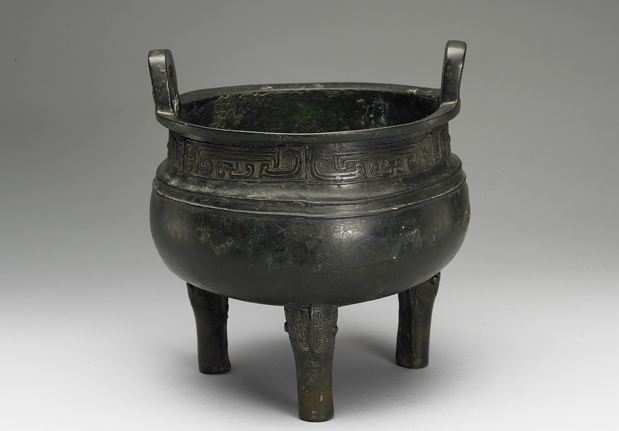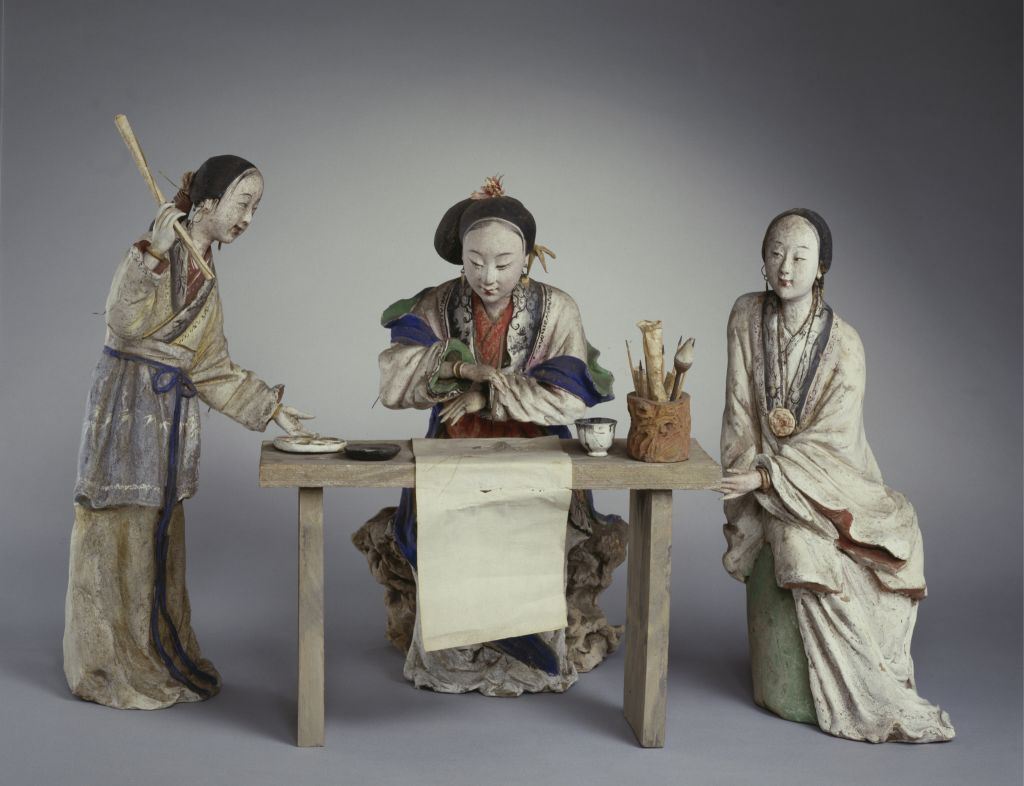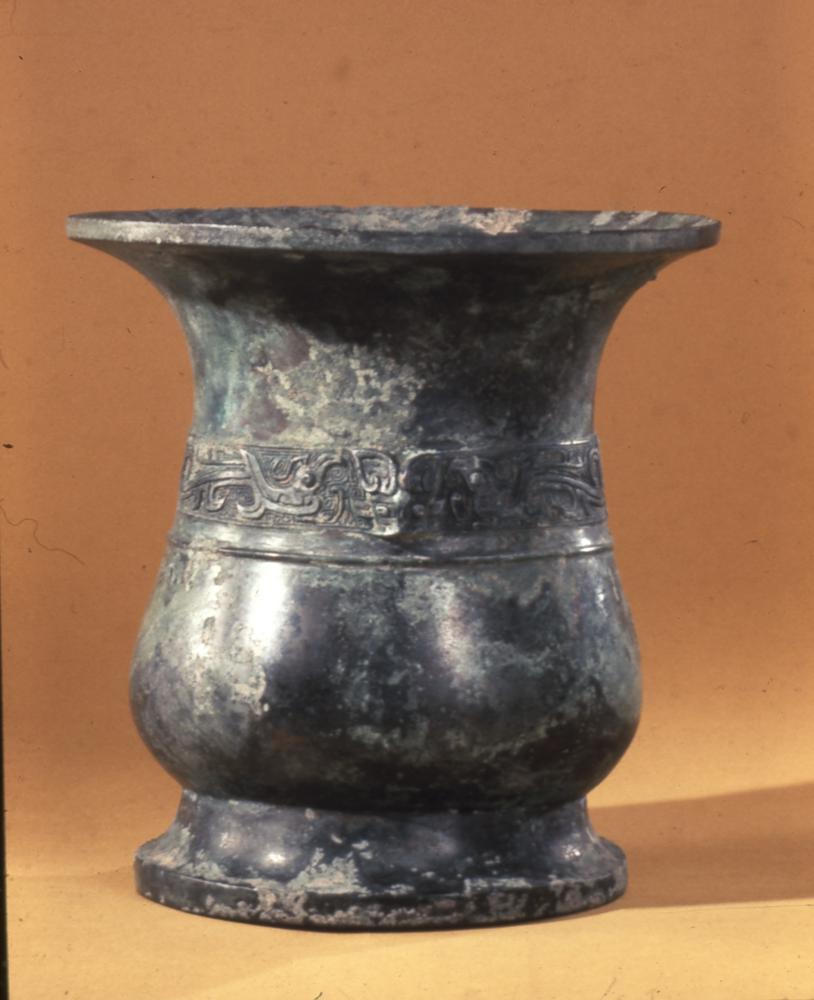[Blue Jade Beast Button “Anlingjun Seal”]
Blue Jade Beast Button “Anlingjun Seal”, Ming Dynasty, printed face 2.1 × 2.1cm, 1.55cm high. The old collection of the Qing Palace
This seal is made of sapphire, animal button, seal script and white text, and the words “Seal of Anlingjun” are read from the top right. The button-printing beast has a big head, a huge mouth, and a lying posture. The yellow patch of printing material is different from that of soil, such as discolored flying clouds
This is the seal carved by name in the Ming Dynasty. The “Anlingjun” in the seal falsely entrusted the seal of the Warring States. During the Warring States Period, there were two people who granted the title of “Anling”. One was the title of “Tan” for the State of Chu. The “Warring States Policy – Chu Policy I” recorded the title of King Xuan of Chu, and the “Shuoyuan – Stratagem Chapter” recorded the title of King Gong of Chu, which was the title of “Anling”; The first was the king of Wei, who was not named. The land was only 50 miles away. The “Shuoyuan · Fengshi Chapter” was recorded as the king of Yan Ling, and the “Shiji · Wei Family” was recorded as the surname of Anling
Today, we can see more seal works in the late Ming and early Qing Dynasty than in real objects. The number of physical remains of seals after the middle of the Qing Dynasty is large. From the perspective of cultural relics collection and appreciation, the jade seals of the Ming Dynasty and the early Qing Dynasty are rare, even if not rare. These jade seals carved by name in the Ming Dynasty still rely on the power of the royal collection. They are exquisite in carving technology and bright in color. They have the unique style of jade seals in the Ming and Qing dynasties, and their emblems are radiant. With the historical knowledge of seals, whether they are collected or appreciated, they are really a kind of satisfying cultural enjoyment.
![图片[1]-Blue jade beast button “Anlingjun seal”-China Archive](https://chinaarchive.net/Ming dynasty/seal /14115[1024].jpg)
![“安陵君印” 玉印钤本 图片[2]-Blue jade beast button “Anlingjun seal”-China Archive](https://chinaarchive.net/Ming dynasty/seal /14116[1024].jpg) “安陵君印” 玉印钤本
“安陵君印” 玉印钤本





